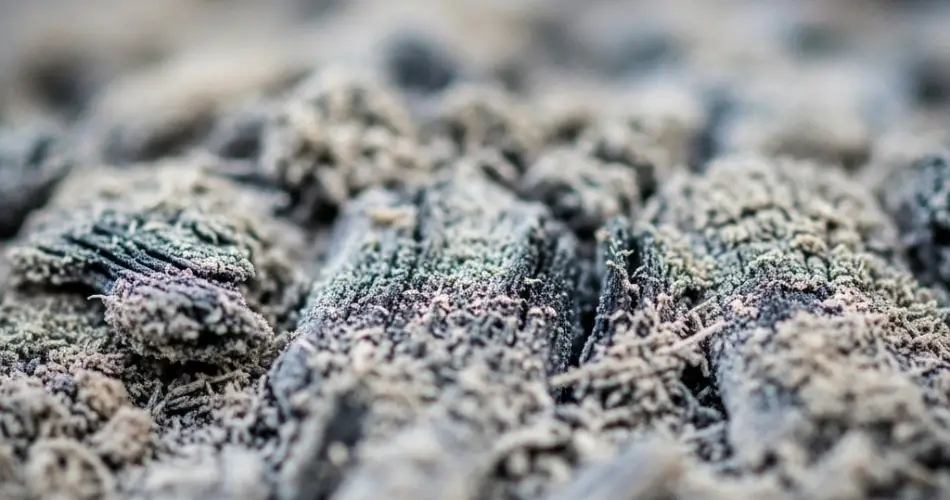Fungal diseases are a common and frustrating problem for gardeners worldwide. Powdery mildew and downy mildew, two of the most widespread fungal infections, can quickly weaken your plants, reduce yields, and spoil the beauty of your garden. While many turn to commercial fungicides to combat these issues, there’s a natural, affordable, and highly effective alternative hiding in your kitchen or fireplace: ash.
Using ash as an organic fungicide is a traditional gardening practice that has stood the test of time. Ash not only helps control fungal growth but also supplies essential nutrients to your soil, promoting overall plant health. In this article, you’ll learn how to prepare and apply ash-based fungicide to protect your plants naturally and effectively.
Why Use Ash as a Fungicide?
Ash, especially wood ash, contains minerals such as potassium, calcium, magnesium, and trace elements that contribute to plant health. Its alkaline nature creates an environment that is hostile to fungi, which generally prefer acidic and moist conditions to thrive.
When applied properly, ash can:
-
Disrupt the growth and spread of fungal spores
-
Strengthen plant defenses against infections
-
Improve soil pH balance, promoting beneficial microbial activity
-
Supply nutrients that support vigorous growth and flowering
Unlike many commercial fungicides, ash is free from harsh chemicals and safe for organic gardening when used carefully.
What Types of Ash Can You Use?
The most effective ash for fungicide purposes is clean wood ash from untreated hardwoods such as oak, maple, or beech. Avoid ashes from treated or painted wood, coal ash, or charcoal briquettes as they may contain harmful chemicals or residues.
You can also use ash from your fireplace, wood stove, or outdoor fire pit, provided it is free from contaminants.
How to Prepare Ash Fungicide
Materials Needed:
-
Wood ash (about 1 cup)
-
Water (about 1 gallon or 4 liters)
-
A container or bucket
-
A strainer or cloth
Steps:
-
Collect Wood Ash: Gather dry, fine wood ash. Avoid large clumps or charcoal pieces.
-
Make Ash Water: Mix one cup of wood ash with one gallon of water in a bucket or large container.
-
Let It Sit: Allow the mixture to soak for 24 to 48 hours, stirring occasionally.
-
Strain the Liquid: After soaking, strain the ash water through a fine mesh or cloth to remove solid particles. The resulting liquid is your ash fungicide.
-
Dilute If Necessary: If the solution looks very dark or strong, dilute with additional water to prevent plant damage.
How to Apply Ash Fungicide on Plants
-
Spray Application: Use a garden sprayer or spray bottle to apply the ash water onto affected plants. Focus on leaves, stems, and other areas showing fungal symptoms.
-
Frequency: Apply every 5 to 7 days during active fungal outbreaks.
-
Timing: Spray early in the morning or late in the afternoon to avoid intense sunlight, which can interact with the alkaline solution and cause leaf burn.
-
Preventive Use: Ash fungicide can also be applied preventively during humid or rainy periods when fungal diseases are more likely to develop.
Benefits of Ash Fungicide Beyond Fungal Control
-
Soil Enrichment: Wood ash improves soil pH, particularly in acidic soils, creating a healthier environment for plants.
-
Nutrient Boost: Ash adds potassium and calcium, essential for fruiting and strong cell walls.
-
Pest Deterrence: Ash can also deter soft-bodied pests like slugs and snails when sprinkled around plants.
Important Precautions and Tips
-
Avoid Overuse: Excessive ash can raise soil pH too much, harming acid-loving plants such as blueberries and azaleas.
-
Test First: Always test ash fungicide on a small part of the plant before widespread application.
-
Store Properly: Keep unused ash dry and in a sealed container to maintain its effectiveness.
-
Combine with Other Practices: Use ash fungicide alongside proper cultural practices such as adequate spacing, pruning for airflow, and watering at the base of plants to reduce fungal risks.
What Fungal Diseases Can Ash Fungicide Help Control?
-
Powdery Mildew: This fungal disease forms a white powdery coating on leaves and stems, reducing photosynthesis and vigor.
-
Downy Mildew: It causes yellow or pale spots on leaves with fuzzy grayish growth underneath, leading to leaf death.
-
Other Leaf Spot Fungi: Ash fungicide can help reduce the incidence of various fungal leaf spots and blights by limiting spore viability.
Final Thoughts
Using ash as a homemade organic fungicide is a powerful, natural, and budget-friendly way to keep fungal diseases like powdery mildew and downy mildew at bay. It not only protects your plants but also enriches your soil, making it a dual-purpose ally for healthy gardening.
With the simple preparation and application methods described here, you can embrace a sustainable gardening practice that reduces reliance on chemical fungicides and supports plant vitality.
Try incorporating ash fungicide into your gardening routine and enjoy stronger, healthier plants free from fungal problems!



